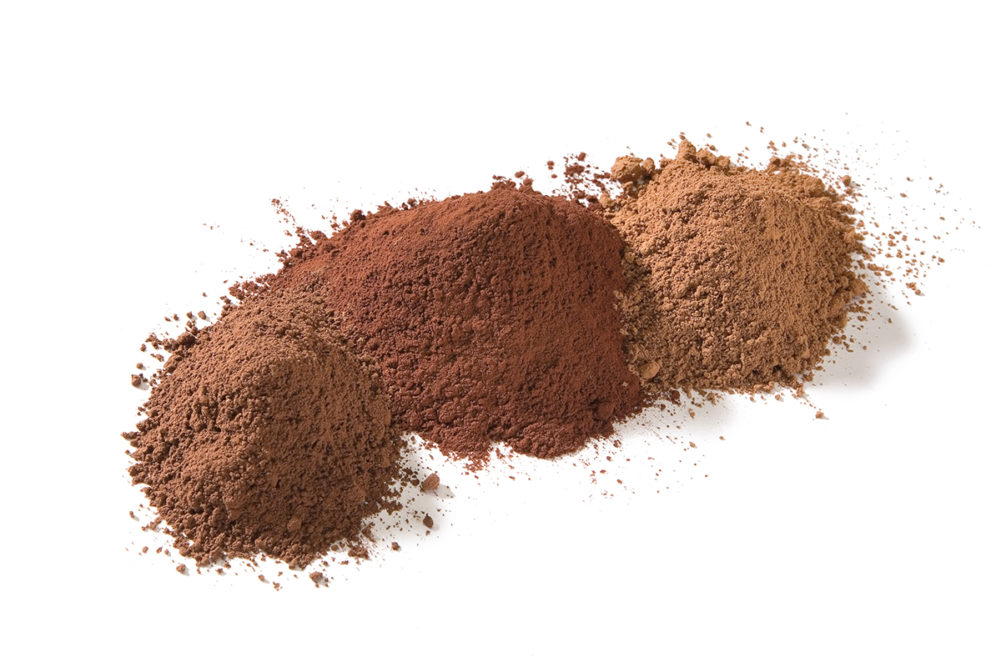Cocoa powders come in a wide array of colors and flavors, and some are made with single-origin beans while others are mixes.
“Cocoa powder is an incredibly versatile ingredient that has the ability to bring chocolatey taste, aroma and color appeal to categories such as bakery, ice cream, beverages and more,” said Gretchen Hadden, marketing manager, cocoa and chocolate, Cargill.
Powders can pack a bold chocolate punch for applications.
“For the most impactful cocoa flavor, I prefer to recommend cocoa powders that deliver cocoa flavor in a wide range of color without added sugar and no major allergens,” said Wouter Stomph, head of ingredient development and innovation for North America, Olam Cocoa.
Cocoa powders that have not received any alkali treatment are natural, slightly acidic and have a sharper flavor than Dutch-process varieties, according to Baking Science & Technology by E.J. Pyler and L.A. Gorton.
“Dutch processing, which we call alkalized, gives you a pH that allows it to mix easily,” said Marie Kennel, director of business development, Ciranda. “There are plenty of different colors you can choose, and you can play on the pH of your application with this Dutch-process cocoa.”
The alkalized treatment can darken the cocoa’s color and improves its stability in a formulation, according to Baking Science & Technology. But color is also dependent on other factors as well.
“Alkalized cocoa powders tend to be darker than the natural cocoa powders that are produced without an alkali,” said Tonya Lofgren, marketing manager, Ciranda. “You will see different colors as well from factors like variety, fermentation and roasting of the beans.”
Premium chocolate is often single origin, higher in cocoa butter content and is generally more finely ground, but it can be used the same as other chocolate coatings and compounds.
“If you have a chocolate with particles smaller than 30 microns, you normally don’t taste any particle or sandiness,” said Mark Adriaenssens, vice president of research and development, Barry Callebaut. “Certain origins of cocoa beans or origin of production — such as Belgian or Swiss — can also define a premium chocolate.”
Single-origin cacao often have unique flavor notes. For instance, Josiah Huelle, senior chocolate technician at Puratos, said that cacao grown on an old mango farm might have an earthy, fruity flavor.
“Premium is a more long- lasting and well-rounded flavor,” he said. “It’s not like this burst of flavor. It will slowly cover your tastebuds. It’s kind of like tasting a good wine versus a bad one. You get all the different fruity aspects and where it was grown.”
The idea of what constitutes a premium chocolate has evolved over the last 10 years, Ms. Hadden said.
“To some consumers, premium may mean that the chocolate holds attributes such as non-GMO, organic or made with real ingredients, especially as consumers place greater value on health and well-being,” she said. “We’re also seeing a rising interest in high-cacao chocolate, provenance declaration, sustainability and greater transparency as to where the cocoa beans came from.”
This article is an excerpt from the June 2021 issue of Baking & Snack. To read the entire feature on Chocolate, click here.





